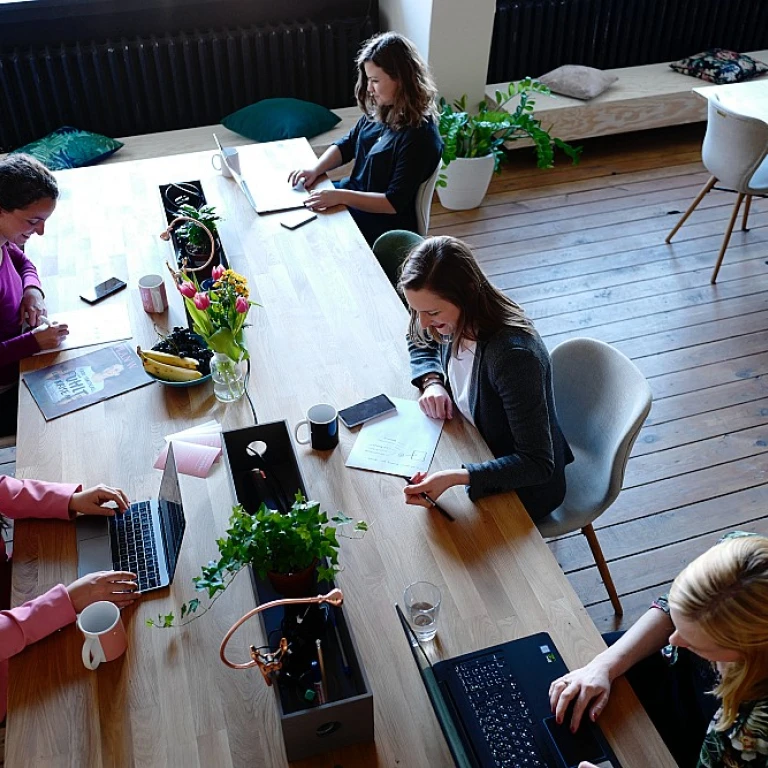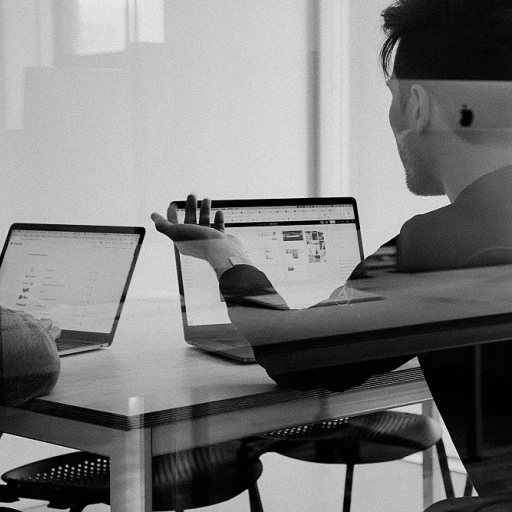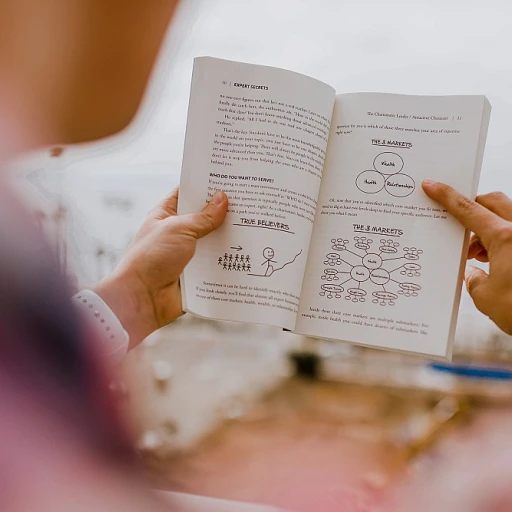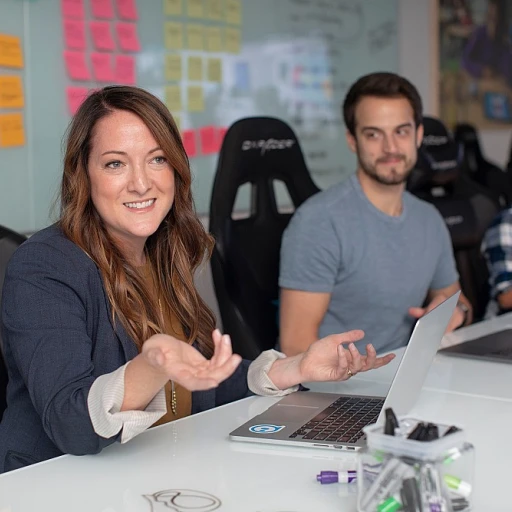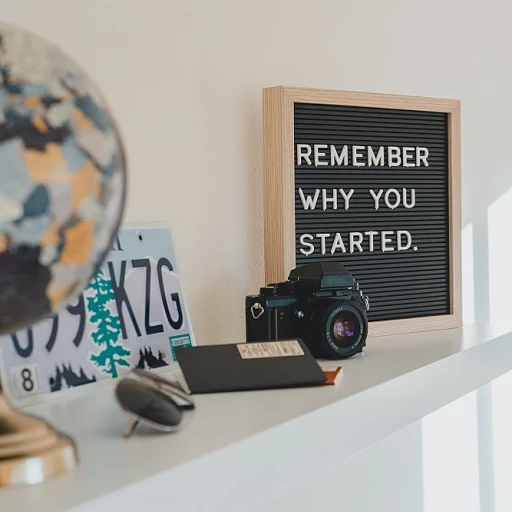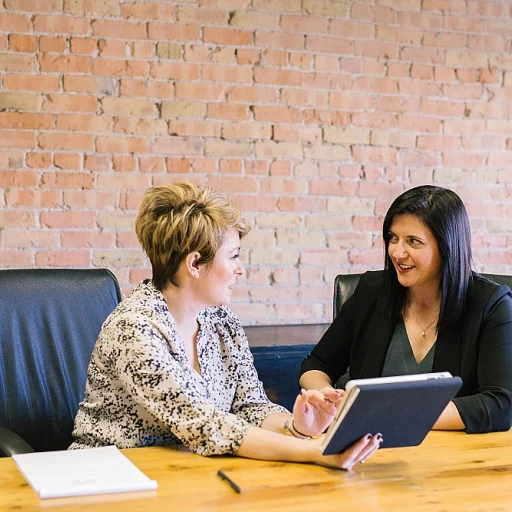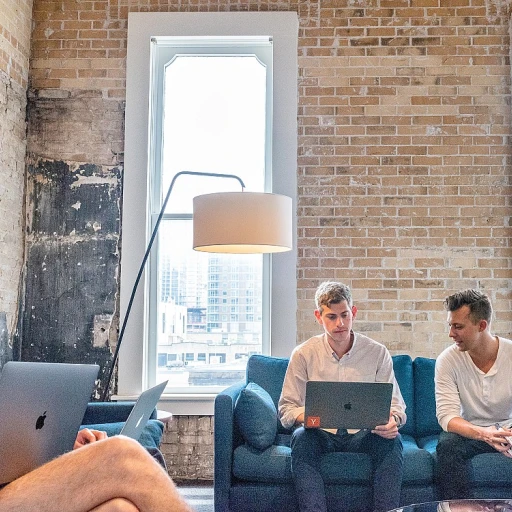Understanding the Skills Gap
Defining the Skills Gap in Education
The concept of a skills gap has become a significant topic in discussions surrounding education and workforce readiness. Essentially, it refers to the disparity between the skills that students acquire through traditional schooling and the skills required by employers in the modern job market. This gap can be seen across various levels, from high school to higher education, prompting a reevaluation of current educational frameworks.
In many public schools, the traditional model of instruction, heavily reliant on standardized testing and one-size-fits-all curricula, often fails to fully cater to the diverse talents and interests of individual students. Public instruction systems in different school districts, including those in Washington State, have been grappling with this challenge, striving to adapt their programs to prepare students more effectively for real-world demands. The need for alternative approaches has become urgent as schools seek to align their offerings with market needs and student aspirations.
The Role of Alternative Learning Experiences
To address these challenges, there's been a surge in exploring alternative learning paths. ALE (Alternative Learning Experience) programs have been developed to offer more flexible, personalized education models. These programs cater to diverse learner needs, allowing them to pursue education in non-traditional settings and at their own pace. ALE programs are especially prevalent in some state school systems, where they have seen significant growth and support, though funding and enrollment can vary dramatically.
These alternative avenues can take many forms, including experiential learning, project-based instruction, and courses designed around self-paced learning plans. For instance, some school districts offer ALE programs that allow students to earn credits through community-based experiences or online courses rather than the traditional classroom environment. This approach provides a broader range of learning experiences and adjusts to the unique interests and career aspirations of each student.
Addressing the skills gap, therefore, involves the integration of these alternative methods into the standard educational frameworks, creating a more dynamic and responsive education system that can better serve the needs of students and the evolving job market.
What Are Alternative Learning Experiences?
Exploring Alternatives in Educational Experiences
The landscape of education is rapidly transforming, offering students various alternatives to traditional schooling methods. Alternative learning experiences (ALEs) are crafted to address the widening skills gap by providing more personalized and flexible education approaches.
For students and school districts alike, integrating alternative options can bridge the gap between conventional education systems and the demands of today's fast-paced job market. ALE programs, which can include experience-based courses or online formats, are designed to prioritize student learning and engagement over the rigidity of a typical school day.
Schools in Washington State, for instance, have led by example in recognizing and implementing these alternatives. In certain districts, innovative courses and education models now complement traditional public instruction. This shift is often supported by strategic funding programs and policies laid out by the superintendent of public instruction.
ALE programs are not merely an option for those struggling in a traditional setting; they provide enrichment for all students. From full-time enrolment to part-time engagements, these programs offer varied avenues for student learning. For instance, students can partake in experiential learning opportunities, which allow them to acquire practical skills in a real-world context.
To ensure these alternative pathways are effectively integrated, school districts develop comprehensive learning plans that comply with regulations such as the Washington Administrative Code (WAC) and Revised Code of Washington (RCW). These frameworks ensure that alternative education is equipped to match, if not exceed, the standards of typical public school instruction.
Teachers and administrators, too, play a critical role in this transition. They act as guides and mentors, helping students navigate alternative learning experiences and ensuring that their education remains robust, relevant, and effective. With these pathways, districts provide the flexibility necessary to nurture not just academic success but holistic student development over the school year.
Therefore, exploring new educational paths is not just about addressing current gaps; it's about preparing for a future where education must be adaptable, inclusive, and in sync with the evolving demands of the workplace.
Benefits of Alternative Learning
Unlocking Untapped Potential Through Alternative Learning
In today's rapidly changing job market, alternative learning experiences are becoming a pivotal solution in addressing the skills gap. They offer a flexible route to education, providing a blend of practical experience and innovative teaching methods that traditional school programs may not offer. For students who may struggle in a conventional school setting, these alternatives can be beneficial.
Alternative learning helps educators adapt instruction to the unique needs and strengths of their students. Programs can be tailored in a manner that leverages student learning in realistic settings—bridging critical knowledge gaps. In Washington State, ALE (Alternative Learning Experiences) programs have been increasingly adopted across school districts, offering part-time or full-time enrollment options. By integrating various instructional methods, they create enriched learning plans that cater to a diverse student body.
The funding and resources allocated to ALE programs, as managed by the superintendent public instruction, facilitate opportunities for students to pursue courses outside the standard high school curriculum. It allows public school students to engage in experience courses that may include hands-on projects or community-based instruction, often resulting in a written student learning plan.
However, it's important to address the public instruction regulations (WAC and RCW codes) that govern how these programs are structured. These ensure the integrity and educational value of alternative learning paths compared to traditional routes.
Ultimately, these programs are a response to the pressing need for education systems to adapt and address future skills requirements. They not only enhance the learning experience but also prepare students for real-world challenges. By embracing these alternative methodologies, schools can close the skills gap and pave the way for a more competent and skilled workforce future. For more insights on bridging the skills gap, consider exploring
this article on addressing ableism in the workplace.
Challenges and Considerations
Facing the Challenges in Adopting Alternative Learning Experiences
Navigating the landscape of alternative learning experiences often presents unique challenges, particularly within existing educational frameworks. Schools and school districts must adapt to these innovative learning methods, balancing them with traditional instruction. This adjustment requires flexibility and openness from educators and administrators.
School districts may encounter obstacles related to funding and resources. While some programs in Washington state have access to specific funding for alternative learning experiences (ALE), not all districts are equally equipped. This can lead to disparities in the availability of these programs, impacting student enrollment and access to diverse learning opportunities.
Another significant consideration involves designing an effective learning plan tailored to individual students. Alternative education must cater to different learning styles and paces, which may challenge the traditional metrics of student learning assessment used in public instruction systems.
Teachers in these programs often need specialized training to deliver course content through methods such as experience-based instruction or full-time ALE programs. The shift from conventional teaching methods requires time and commitment, which not all educators may be immediately prepared for.
Furthermore, there is a need to address legislative frameworks like RCW and WAC that govern public education in Washington. These regulations can either facilitate or hinder the implementation of alternative learning models, depending on how they are interpreted and applied by school administrators.
Finally, ensuring that alternative learning experiences meet the diverse needs of students across varying school districts is challenging yet crucial to their success. The goal is to create inclusive, adaptive programs that reflect the diverse capabilities and interests of the student body, much like a well-rounded high school curriculum.
By tackling these challenges with targeted strategies, education systems can improve the integration of alternative learning, ultimately benefitting students across the state.
Success Stories
Real-life Transformations with Alternative Learning Experiences
Navigating through the modern landscape of education presents a variety of success stories where students ventured beyond the conventional academic pathway. These narratives highlight the potential and impact of alternative learning experiences (ALE) on student learning.
Consider the example of a school district in Washington State where an alternative learning program was introduced. This program offered experience-based courses tailored to individual learning plans, a far cry from the one-size-fits-all approach of traditional public school instruction. The district's adoption of such programs addressed the skills gap more effectively by accommodating different learning styles and paces within the curriculum.
The initiative allowed students to dedicate full time or part-time enrollment in these experience courses, offering flexibility uncommon in traditional education settings. The result was not just improved student engagement but also success in meeting the academic benchmarks set by the public instruction authorities.
An ALE program can provide students with opportunities that shift the focus from rote learning to skill development. Students are offered course options that include real-world applications, thereby aligning their education with career readiness. This has been particularly beneficial in enhancing not just the academic prowess of high school students but also their interpersonal and practical skills, which are critical in today’s job market.
Moreover, the superintendent of public instruction in various districts has recognized the significance of adequate funding and resources for these programs. By ensuring that ALE courses receive the necessary support, school districts have seen a positive impact on student outcomes, particularly in districts where the traditional classroom approach was less effective.
As more school districts embrace the flexibility and potential of alternative learning, the positive outcomes from these programs pave the way for continued innovation in the education sector. The adaptability of ALE is proving to be a crucial component in closing the skills gap and preparing students for future success.
The Future of Learning and Work
The Evolution of Learning and Work
As we look towards the future, education is continuously shifting to meet the demands of an evolving job market. The skills gap has emphasized the need for schools and education systems to explore new methods that better prepare students for real-world challenges. This transformation includes a dynamic shift in learning experiences and the implementation of alternative learning programs.
The traditional public school systems are integrating innovative models that complement conventional instruction. Programs like Washington State's ALE (Alternative Learning Experience) allow students to engage in more personalized learning plans. These programs offer a flexible approach that accommodates various student learning styles, supporting both full-time and part-time enrollment. The public instruction framework is advocating for experiential courses that enrich the standard curriculum.
School districts are restructuring how they assess and deliver education to align with modern work environments. With the advent of new technologies and the growing importance of digital skills, school alternative programs focus on hands-on, experience-based instruction. These initiatives aim to give students a competitive edge in their future careers.
Furthermore, the role of teachers is evolving within this landscape. Educators are becoming facilitators of student-centered learning, guiding them through independent projects and real-life problem-solving exercises. This shift is supported by funding and policies like the RCW and WAC in various states, which emphasize the importance of practical experience alongside traditional education.
Despite these advancements, there are challenges to consider, such as equitable access to these innovative learning experiences across different school districts. The drive to reduce disparities in student education is vital to ensure that every student, regardless of their background, has access to quality learning opportunities.
As we continue to innovate within educational systems, the future of learning and work promises to be more integrated and aligned with industry needs. This progression not only helps bridge the skills gap but also prepares students to succeed in an ever-changing global landscape.

